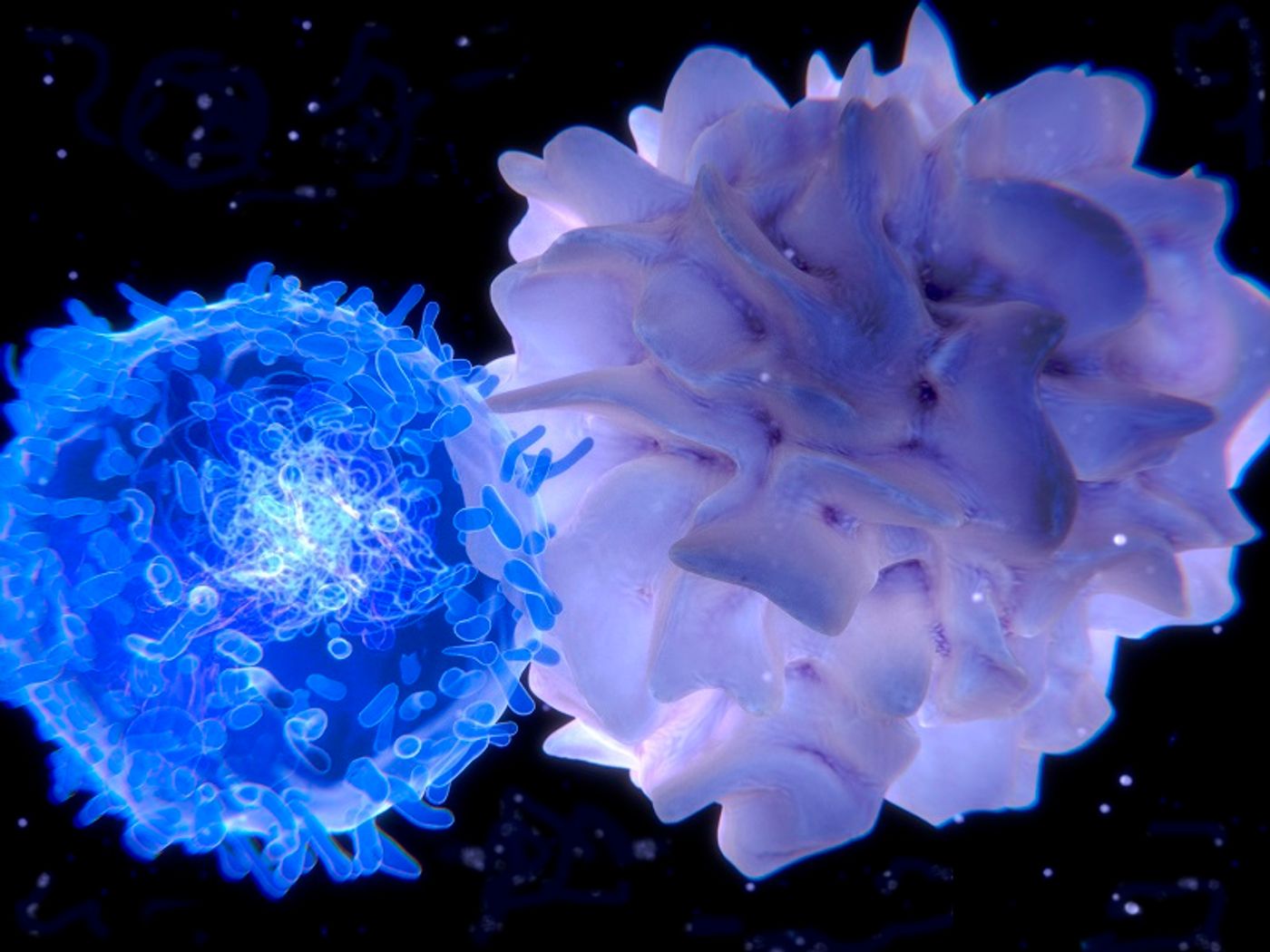The immune system is responsible for training immune cells like T lymphocytes, dendritic cells, and B lymphocytes to do their assigned task. A new finding from the Children’s Hospital & Research Center Oakland illustrates the path T lymphocytes take when they finish their training, a discovery that is very applicable to autoimmune diseases and other maladies of the immune system.
Dendritic cells and B cells present pieces of cellular material, called antigens, to T cells, who decide whether the presented antigen is harmful or “self,” meaning of the body’s own tissues. Based on its training in the thymus, a small gland located above the heart, the T cell makes its decision and the corresponding immune response ensues.
A lot is at stake if T cells make the wrong choice. If a harmful antigen is misrecognized as “self,” an infection could run rampant, and f a “self” antigen is misrecognized as harmful, autoimmune diseases result.
The new study from the Children’s Hospital & Research Center Oakland, published in the
Journal of Experimental Medicine, looks at the process by which T cells leave the thymus. How do T cells know when to leave the thymus and enter the bloodstream? How do they know they’ve successfully completed their training and are mature enough to start recognizing and fighting pathogens? As scientists learn more about the answers to these questions, they’re finding that T cells require a little help from other immune components.
For example, there is a lipid molecule called sphingosine-1-phosphate (S1P), which is found at high levels in the blood and low levels in most tissues. Mature T cells produce a cell surface receptor that recognizes S1P, and their attraction to the S1P chemical gradient is then able to pull them into the bloodstream after finishing their training in the thymus. S1P isn’t the only player in the game though, as the scientists from the present study found.
Thymic dendritic cells, previously understood to be involved in antigen presentation and immune tolerance, turn out to double as “metabolic gatekeepers of lymphocyte trafficking.” How are they involved with T cell’s thymus exit strategy? It turns out that thymic dendritic cells take up S1P and metabolize it via an enzyme, appropriately called S1P lyase. This metabolism process produces the localized S1P gradient scientists had observed to facilitate the exit of T cells from the thymus into the bloodstream.
"T cells are needed to orchestrate the body's immune response against pathogenic organisms and also against cancer cells," said study author Dr. Julie Saba. "In addition to natural T cells, genetically engineered T cells are being used in revolutionary ways to treat cancer. However, conditions such as chronic infection, aging, cancer and bone marrow transplantation can reduce T cell output from the thymus, compromising immune function. By learning what controls T cell output, we hope to be able to restore T cell production when it is low and provide more T cells for therapeutic purposes.”
Current and future understandings of how thymic dendritic cells and other immune players could very well lead to new strategies for treating conditions like autoimmune diseases, immune deficiencies, prematurity, infections, cancer, the loss of immunity after bone marrow transplantation, and many more.
Source:
Children’s Hospital & Research Center Oakland









